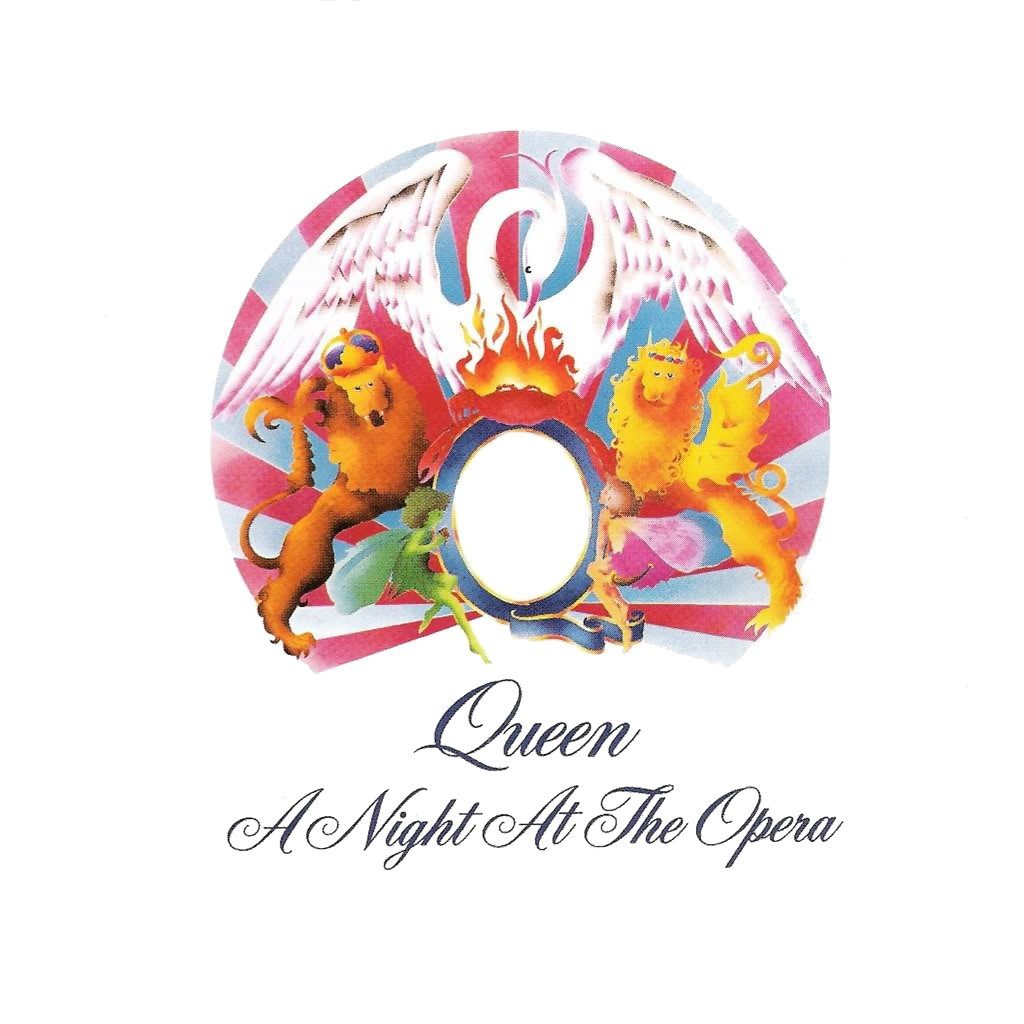


Recorded: Sarm, Roadhouse, Olympic Studios, Scorpio and Lansdowne Studios, London, August–November 1975īrian May – Guitars, Ukulele, Harp, Vocals
#A night at the opera queen movie#
The album borrowed its title from a popular 1935 Marx Brothers movie of the same name. A Night at the Opera was co-produced by Roy Thomas Baker and the individual band members who invented some of the distinctive techniques required to achieve the desired sounds and effects. In early 1975, the band shopped for a better record deal, at first considering Led Zeppelin’s new Swan Song label before signing with A&M who gave the group a huge recording budget. In 1974, the group released two critically acclaimed LPs, Queen II and Sheer Heart Attack, each of which spawned a Top 10 hit in the UK with Sheer Heart Attack being their first commercial success in the US. Shortly after the release of their 1973 self-titled debut album, Bulsara officially adopted his stage name, Freddie Mercury. After going through a number of bass players, John Deacon joined in 1971 as the permanent fourth member of the group which maintain this lineup for the next 20 years. A friend and follower of the band, Farrokh Bulsara, eventually joined the group in late 1970 and convinced the members to change the name to Queen because of its “regal” quality and his ability (as an art student) to design an adequate logo. The origins of queen date back to 1968, when guitarist Brian May and drummer Roger Taylor started the group, Smile, while students in London. Many of these styles had not previously been adopted by hard rock bands, but the tremendous inventiveness and attention to details made this album the pinnacle of Queen’s career. At the time it was the most expensive album ever recorded as it utilized extraordinary and methodical overdubs to achieve a rich orchestral and choral effects and incorporated rich replications of a wide range of styles. Recorded at Sarm Studios, Roundhouse Studios, Olympic Studios, Scorpio Studios, Landsdowne Studios, London, England and Rockfield Studios, Wales.Queen really reached for the stars with the production and release of their fourth album, A Night at the Opera in 1975. Queen: Freddie Mercury (vocals, piano) Brian May (guitar, harp, ukulele, background vocals) John Deacon (electric piano, acoustic & electric basses) Roger Taylor (percussion, background vocals). It's prog rock with a sense of humor as well as dynamics, and Queen never bettered their approach anywhere else.

But the appeal - and the influence - of A Night at the Opera is in its detailed, meticulous productions. No one in the band takes anything too seriously, otherwise the arrangements wouldn't be as ludicrously exaggerated as they are. Using the multi-layered guitars of its predecessor as a foundation, A Night at the Opera encompasses metal ("Death on Two Legs," "Sweet Lady"), pop (the lovely, shimmering "You're My Best Friend"), campy British music hall ("Lazing on a Sunday Afternoon," "Seaside Rendezvous"), and mystical prog rock ("'39," "The Prophet's Song"), eventually bringing it all together on the pseudo-operatic "Bohemian Rhapsody." In short, it's a lot like Queen's own version of Led Zeppelin IV, but where Zep find dark menace in bombast, Queen celebrate their own pomposity. Queen were straining at the boundaries of hard rock and heavy metal on Sheer Heart Attack, but they broke down all the barricades on A Night at the Opera, a self-consciously ridiculous and overblown hard rock masterpiece. Produced by Roy Thomas Baker and Queen, it was reportedly the most expensive album ever recorded at the time of its release. A Night at the Opera is the fourth studio album by the British rock band Queen, released on 21 November 1975 by EMI Records in the United Kingdom and by Elektra Records in the United States. Limited Edition - Gatefold 180-gram vinyl.


 0 kommentar(er)
0 kommentar(er)
